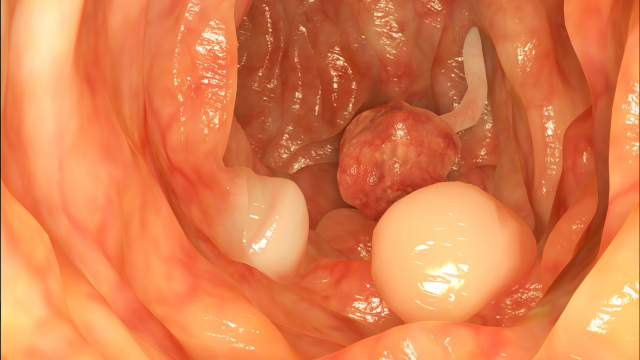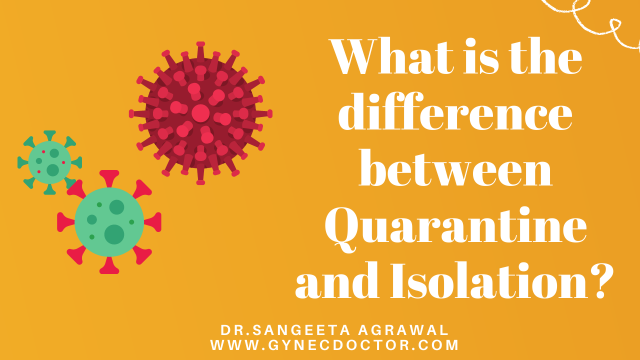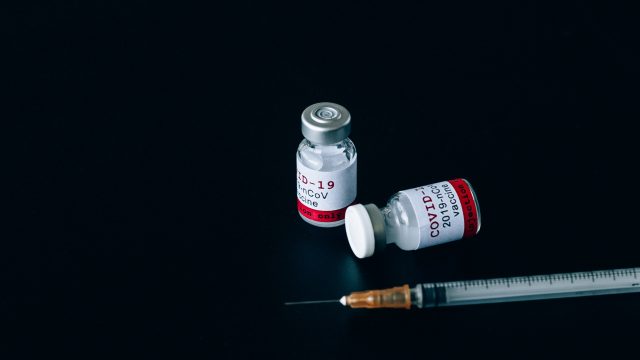Women of all ages may approach a gynecologist with a lump (swelling) in one or both breasts. The lumps may be associated with symptoms such as pain, discharge from the nipple, and swelling in the axilla. Most women will have a fear of cancer when they feel a lump, but most lumps are not cancer.
Some of the common causes of breast lumps are:
- Fibro adenomas: They are not cancerous. They are rubbery; they slip under the fingers easily during palpation. They occur commonly in 15-45 years of age. They are easily detected on sonography and mammography. Treatment is surgical removal when required.
- Fibrocystic changes in breast: Very painful lumps often associated with periods. Symptoms are worse before a period and resolve after the period. There is no clear treatment for this condition. One can do hot or cold fomentation and take painkillers for relief.
- Lipoma: It is a collection of fatty tissue, occasionally, painful. Surgical removal is the treatment.
- Milk cyst and abscess: These are glands where the duct is blocked and therefore the glands swell with milk. It may get infected and cause mastitis. It could then turn into an abscess. These typically occur during lactation. The breast may become red/hot/tender and there may be a fever. Diagnosis is clinical and is on sonography. Treatment is anti-inflammatory, antibiotics, emptying the breast of the milk, and incision and drainage in case of the abscess.
- Breast injury: In case of a blunt injury to the breast, there may be blood collection which will feel like a lump. These lumps can resolve on their own. Till then, hot/cold fomentation and analgesics/anti-inflammatory will help.
- Breast cancer: Breast cancer may present with a lump. It may be incidentally discovered on screening mammography or while a routine self-examination. The lump may be irregular hard painful, and associated with puckering of the skin, retraction of the nipple discharge from the nipple, alteration in size of breast and lumps in the armpit. Sonography, mammography, and biopsy are commonly used for diagnosis. Surgical excision/ chemo and radiotherapy are used for treatment.


















